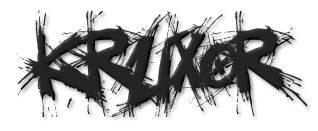notice: please create a custom view template for the referrer class view-referrer.html
enable dark mode in tinymce Referrer
url
https://engine.presearch.org/
linked_class
code
linked_uid
OfWkL
views
1
md5
baa0e62b6c99aff8bcd83112bb35cf5b
id: 3212
uid: EoHzU
insdate: 2022-05-23 13:02:46
title: enable dark mode in tinymce Referrer
additional:
category:
url: https://engine.presearch.org/
linked_class: code
linked_uid: OfWkL
hits:
views: 1
int_ext:
md5: baa0e62b6c99aff8bcd83112bb35cf5b
No Items Found.
Add Comment
Search Referrers
Latest from Referrers
Welcome
This is my test area for webdev. I keep a collection of code here, mostly for my reference. Also if i find a good link, i usually add it here and then forget about it. more...
You could also follow me on twitter. I have a couple of youtube channels if you want to see some video related content. RuneScape 3, Minecraft and also a coding channel here Web Dev.
If you found something useful or like my work, you can buy me a coffee here. Mmm Coffee. ☕
❤️👩💻🎮

Random Quote
Thomas A. Edison
Random CSS Property
url()
The url() CSS function is used to include a file. The parameter is an absolute URL, a relative URL, a blob URL, or a data URL. The url() function can be passed as a parameter of another CSS functions, like the attr() function. Depending on the property for which it is a value, the resource sought can be an image, font, or a stylesheet. The url() functional notation is the value for the <url> data type.url() css reference
